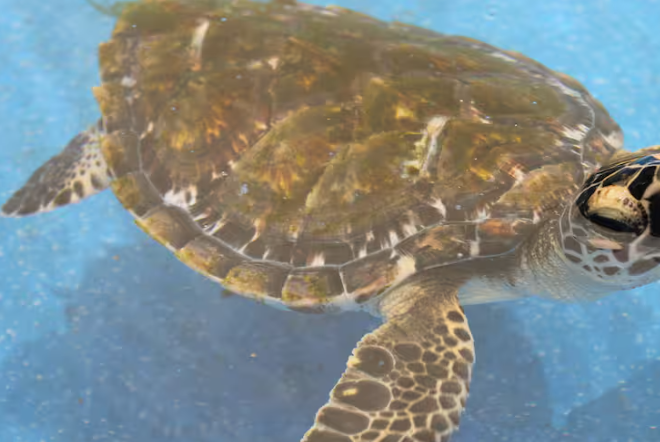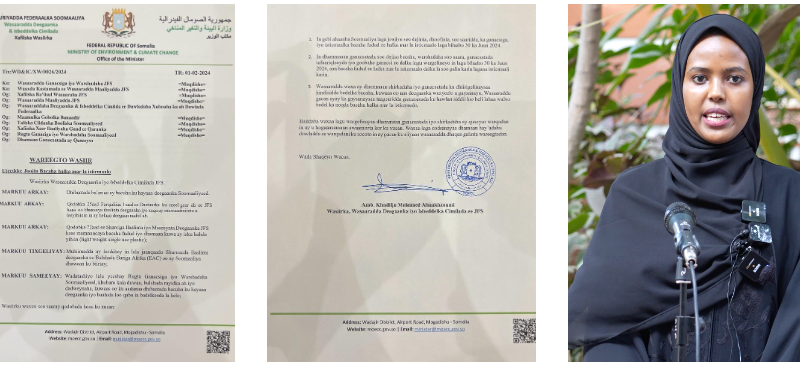A common species of sea turtle, Caretta caretta (the loggerhead turtle), can learn the magnetic « map » of its preferred locations, such as nesting or feeding grounds, according to a new study that reveals a distinct mechanism from the magnetic compass it uses to navigate.
Loggerhead turtles are long-distance travelers, capable of roaming the oceans using ocean currents. They navigate these journeys with an internal compass that detects variations in the Earth’s magnetic field lines, which run from one pole to the other. This magnetic field is used by various migratory animals, including salmon and some bird species.
In addition to their internal compass, loggerhead turtles can « map » their favorite places by using the intensity of the magnetic field and the specific inclination of the magnetic lines relative to the Earth’s surface. This suggests that these animals are capable of recording and remembering the magnetic coordinates of these areas.
For the first time, a study provides « direct evidence that an animal can learn and remember the natural magnetic signature of a geographic area, » write Kayla Goforth from the University of North Carolina and her colleagues in Nature.
They also discovered that the turtles in their study « respond to learned magnetic signatures without using their magnetic compass. » In other words, the mechanisms of magnetic perception used in the compass and the map are distinct.
The Turtle « Dance »
The researchers used young loggerhead turtles that were kept in small pools on a platform with magnetic coils replicating the intensity and inclination of the Earth’s magnetic field in specific locations in the Atlantic Ocean.
Over two months, the turtles were conditioned to two locations, such as the North American coast and the Gulf of Mexico, while being fed exclusively in one of these spots.
Later, the researchers observed the turtles’ behavior in the absence of food, particularly their « turtle dance. » The young loggerheads would hover just below the water’s surface, mouth open, making rapid movements with their flippers, or even spinning. When deprived of food, the turtles recognized the correct location on their magnetic map, dancing more energetically at the correct spot.
This result provides « strong evidence » that the animal can « learn the magnetic signatures of specific geographic areas » and remember them at least four months after the conditioning period.
Unresolved Mechanisms
The study, however, does not yet pinpoint the exact mechanisms behind this ability. The exact process remains « unequivocally undetermined, » regardless of the species being studied.
One hypothesis suggests that the turtles might be able to detect the magnetic field’s influence on an electronic reaction between certain molecules that are excited by light. This mechanism, known as chemical magnetoreception, is known to be disrupted by radiofrequency emissions.
Interestingly, during the magnetic map experiment, the young turtles showed no sign of disturbance from radio frequency emissions, continuing to perform their dance correctly in the right location. However, when tested in an orientation experiment using their magnetic compass, the radio frequency emissions caused the turtles to disperse randomly.
Conclusion
The study concludes that a « reasonable working hypothesis is that compass sense relies on chemical magnetoreception, while map sense relies on an alternative mechanism. » This theory is supported by the idea that a similar dual mechanism might be at play in other migratory vertebrates.




